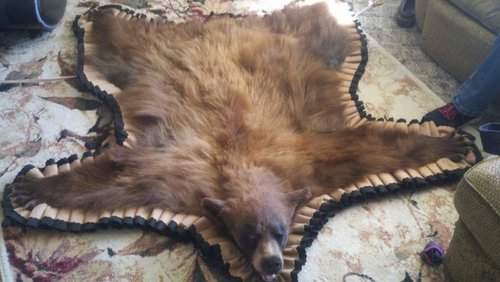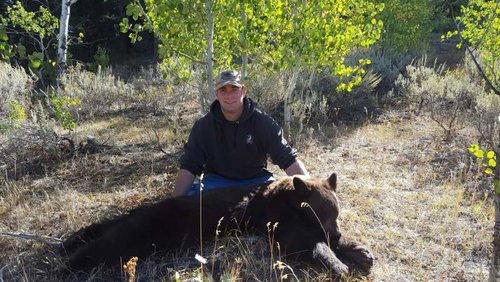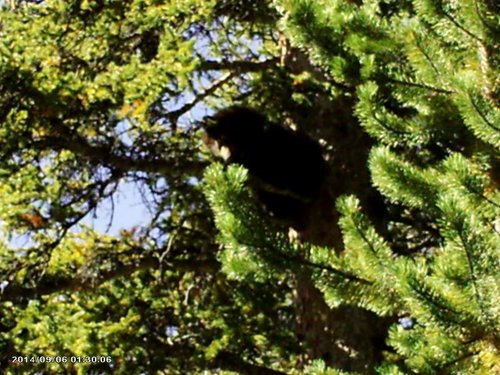Hannibal
New member
I agonized over and threatened to write this thread for quite some time due to the misinformation and lack of information regarding this subject in the bear hunting forum. Since the Idaho spring bear season opens in about 8 weeks I thought it would be a 'somewhat appropriate time' to provide advice to help less experienced spring bear hunters succeed in their quest to bag a black bear. Most of the information in this thread is a collection of posts I've contributed to other threads in the bear hunting forum of this website since becoming a member.This thread is about spring, not fall bear hunting. Each season in my opinion requires somewhat different tactics. Black bear pelts and claws are not in their prime condition in the fall. That's why I don't hunt them in the fall and you sure as hell shouldn't be hunting then also. I killed my first spring black bear years ago after reading a magazine article about spring bear hunting in north central Idaho. Since then I've harvested and observed many black bears in north central and other areas of the state of Idaho as well. With that said let's begin. 1) Hunt in areas that have high harvest numbers. You'll increase the odds for success if you hunt only in areas which support a large number of bears. If that means traveling a greater distance to reach better bear habitat then drive the extra miles. Why waste your time and efforts in a less productive area? 2) Timing is very important. After bears emerge from hibernation they're almost always found at lower elevations and in ' higher concentrations' than at other times in the year. In the fall black bears tend to be more dispersed and more difficult to locate. Focus your hunting efforts in the early to mid spring season for increased sighting opportunities. 3) Black bears may be nocturnal, diurnal or both. I've had many black bear sightings over many years and I have rarely seen bears during morning or early afternoon hours. The best time for spotting spring black bears is roughly between 4:00 p.m. and sunset. Don't waste your time hunting them earlier in the day. 4) Black bears may have a home range of 10 to 60 square miles or more. According to an Idaho study, male bears in Idaho have an average home range of 8 1/2 square miles. Do you honestly believe you'll succeed in attracting them to your bait, mouth or electronic calls? Yes it does happen, but don't bet your 2017 bear tag on it. Since they're not likely to come to you, you'll have to go to them. Search areas near streams, creeks, beaver ponds, marshes and swamps. These are natural corridors and provide food sources for bears in the spring. When you locate scat, tracks or other sign you can be certain that particular location is being frequented by bears on a regular and often, almost daily basis. There you have it condensed, concise and accurate information, everything you need to become a successful Idaho spring bear hunter.







